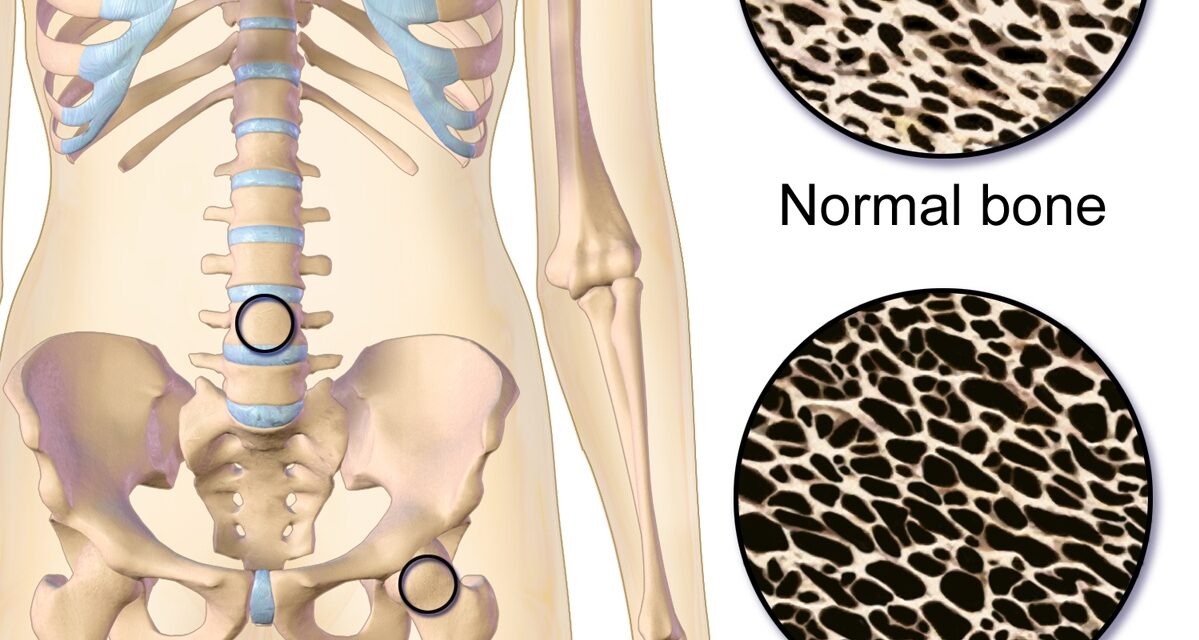Stretching Not Shown To Improve Muscle Length
Static stretching, involving holding a muscle at end of its’ length for a sustained period of time, is a common component of most individual’s exercise programs but its’ useful compared to other forms of exercise including aerobic and strength training is questionable. Research is unclear on the benefits of static stretching for most individuals, as...

